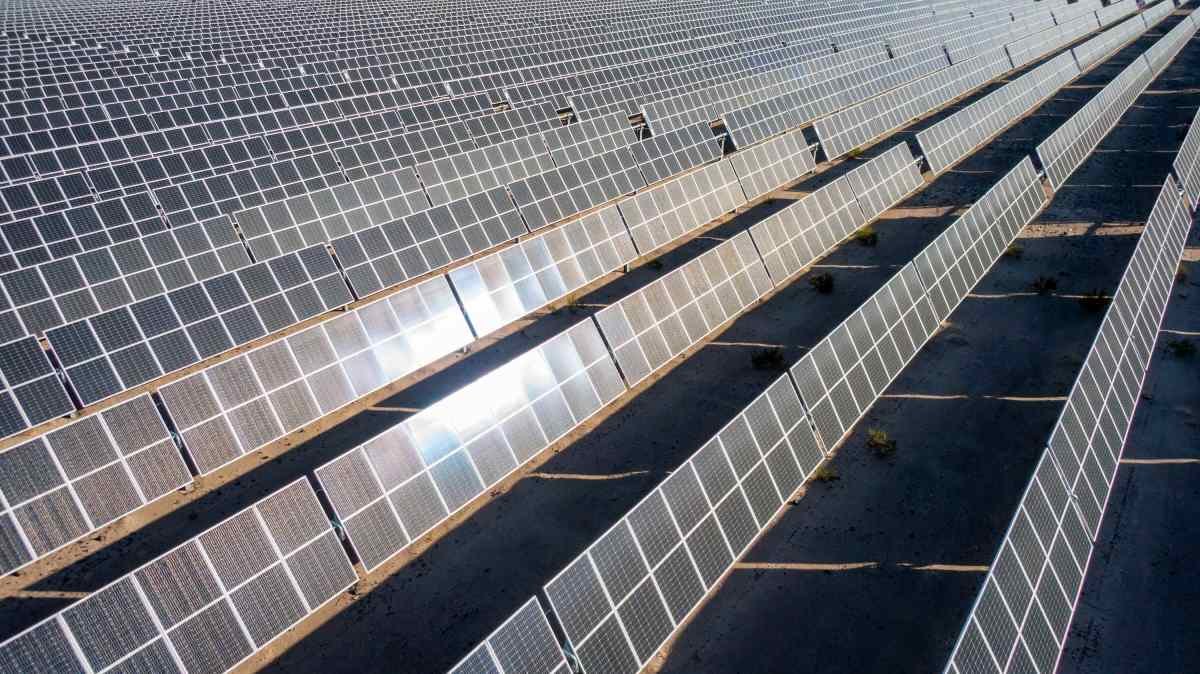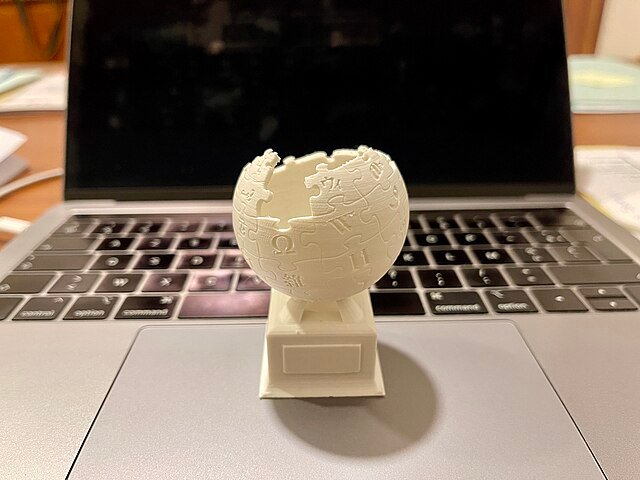Meta’s $10 Billion Investment in Scale AI: A Strategic Shift in the AI Landscape
Meta’s projected $10 billion investment in Scale AI transcends mere funding—it’s a pivotal moment in the tech giants’ AI race. This potential investment, which may surpass $10 billion and stands as Meta’s largest external AI injection, underscores a crucial realization: in today’s post-ChatGPT world, supremacy is not solely about advanced algorithms, but about mastering high-quality data pipelines.
Key Figures at a Glance
- $10 billion: Anticipated investment by Meta in Scale AI
- $870M → $2B: Scale AI’s projected revenue growth from 2024 to 2025
- $7B → $13.8B: Recent valuation growth trajectory of Scale AI
The Urgency of Data Infrastructure in AI
Following Llama 4’s mixed reviews, Meta appears intent on acquiring exclusive datasets that could provide an edge over rivals like OpenAI and Microsoft. This strategic move is timely; while Meta’s latest developments showed potential in technical assessments, early user feedback illustrated a critical truth: architectural advancements alone won’t suffice in today’s AI environment.
“As an AI collective, we’ve mined the easy data from the internet, and it’s time to delve into more complex datasets,” stated Scale AI CEO Alexandr Wang in 2024. “While quantity is essential, quality reigns supreme.” This insight encapsulates why Meta is willing to make such a substantial investment in Scale AI’s infrastructure.
Positioning itself as the “data foundry” of the AI revolution, Scale AI offers data-labeling services to empower companies in training machine learning models through a sophisticated mix of automation and human expertise. Scale’s unique hybrid model utilizes automation for initial processing while leveraging a trained workforce for key human judgment aspects in AI training.
Strategic Advantage through Data Control
Meta’s investment strategy is founded on a deep understanding of competitive dynamics that extend beyond traditional model development. While competitors like Microsoft invests heavily in OpenAI, Meta is focusing on mastering the data infrastructure that feeds all AI systems.
This strategic approach yields multiple advantages:
- Exclusive dataset access—Improved model training capabilities with limited competitor access to valuable data
- Control of the pipeline—Diminished reliance on external providers, fostering predictable costs
- Infrastructure orientation—Focusing investment on foundational layers rather than merely competing in model architecture
The partnership with Scale AI allows Meta to leverage the increasing intricacy of AI training data requirements. Insights indicate that the advancements in large AI models may hinge less on architectural modifications and more on access to superior training data and computational power. This understanding fuels Meta’s robust investment in data infrastructure over mere competitive model architecture.
The Military and Government Angle
This investment has substantial implications that extend beyond the commercial AI landscape. Both Meta and Scale AI are strengthening their connections with the US government. They are collaborating on Defense Llama, a military-optimized version of Meta’s Llama AI. Recently, Scale AI secured a contract with the US Department of Defense to create AI agents for operational purposes.
This governmental partnership aspect enhances strategic value that goes beyond immediate financial gains. Military and government contracts provide steady, long-term revenue streams while positioning both entities as essential infrastructure providers for national AI capabilities. The Defense Llama initiative illustrates how commercial AI development increasingly intersects with national security issues.
Transforming the Microsoft-OpenAI Paradigm
Meta’s investment in Scale AI is a direct challenge to the entrenched Microsoft-OpenAI coalition that currently dominates the AI sector. Microsoft remains a significant backer of OpenAI, offering financial support and capacity to bolster advancements. However, this alliance is primarily focused on model creation and deployment, rather than fundamental data infrastructure.
In contrast, Meta’s focus is on controlling the foundational elements that enable all AI advancements. This strategy could provide a more sustainable edge compared to exclusive model partnerships, which are increasingly subjected to competitive pressure and potential instability. Reports indicate that Microsoft is exploring its own in-house reasoning models to rival OpenAI, which reveals the tensions within Big Tech’s AI investment strategies.
The Economics of AI Infrastructure
Scale AI reported $870 million in revenue last year and anticipates reaching $2 billion this year, underscoring the significant market demand for professional AI data services. The company’s valuation trajectory—from approximately $7 billion to $13.8 billion in recent funding rounds—demonstrates investor belief that data infrastructure represents a durable competitive edge.
Meta’s $10 billion investment would furnish Scale AI with unmatched resources to broaden its operations globally and enhance its data processing capabilities. This scale advantage could generate network effects that make it increasingly difficult for competitors to match Scale AI’s quality and cost efficiency, particularly as investments in AI infrastructure continue to rise across the sector.
This investment foreshadows a broader shift within the industry toward the vertical integration of AI infrastructure, as tech giants increasingly focus on acquiring or heavily investing in the foundational components that support AI advancement.
This move also highlights a growing awareness that data quality and model alignment services will become even more critical as AI systems evolve and are integrated into more sensitive applications. Scale AI’s skills in reinforcement learning from human feedback (RLHF) and model evaluation equip Meta with essential capabilities for crafting safe, reliable AI systems.
The Dawn of the Data Wars
Meta’s investment in Scale AI marks the beginning of what may evolve into the “data wars”—a fierce competition for control over high-quality, specialized datasets that will shape the future of AI leadership in the coming decade.
This strategic pivot acknowledges that, although the current AI boom began with groundbreaking models like ChatGPT, lasting competitive advantage will arise from controlling the infrastructure needed for continuous model enhancement. As the industry progresses beyond the initial enthusiasm for generative AI, firms that command data pipelines may find themselves with more sustainable advantages than those who merely license or partner for model access.
For Meta, the Scale AI investment is a calculated move, betting that the future of AI competition will be fought in the complex data preprocessing centers and annotation workflows that remain largely invisible to consumers—but ultimately dictate the success of AI systems in real-world applications. Should this strategy prove effective, Meta’s $10 billion investment may well be the landmark decision that solidifies its standing in the next chapter of the AI revolution.
Here are five FAQs based on the theme of "Why Meta’s Biggest AI Bet Isn’t on Models—It’s on Data."










